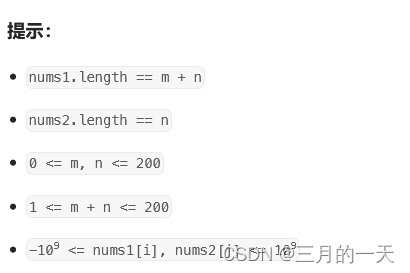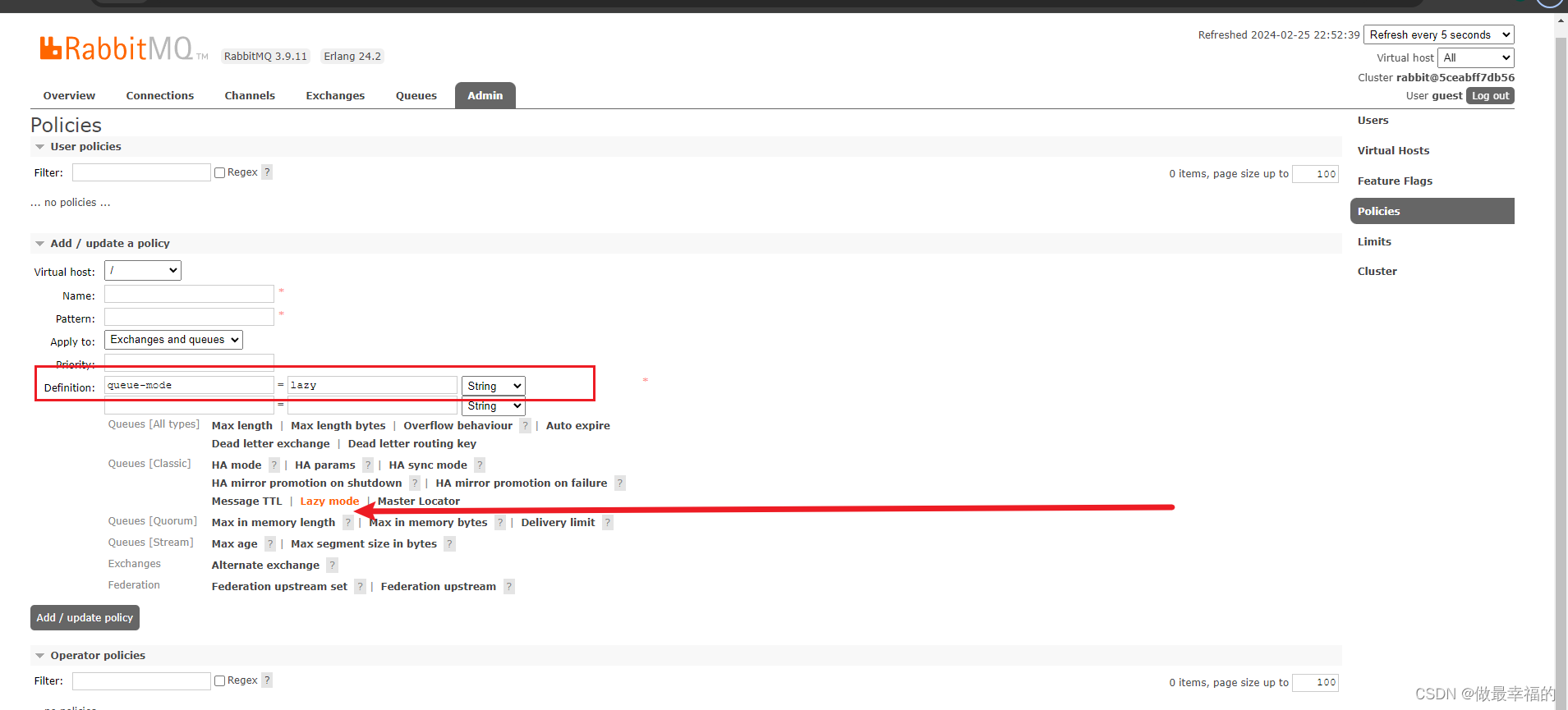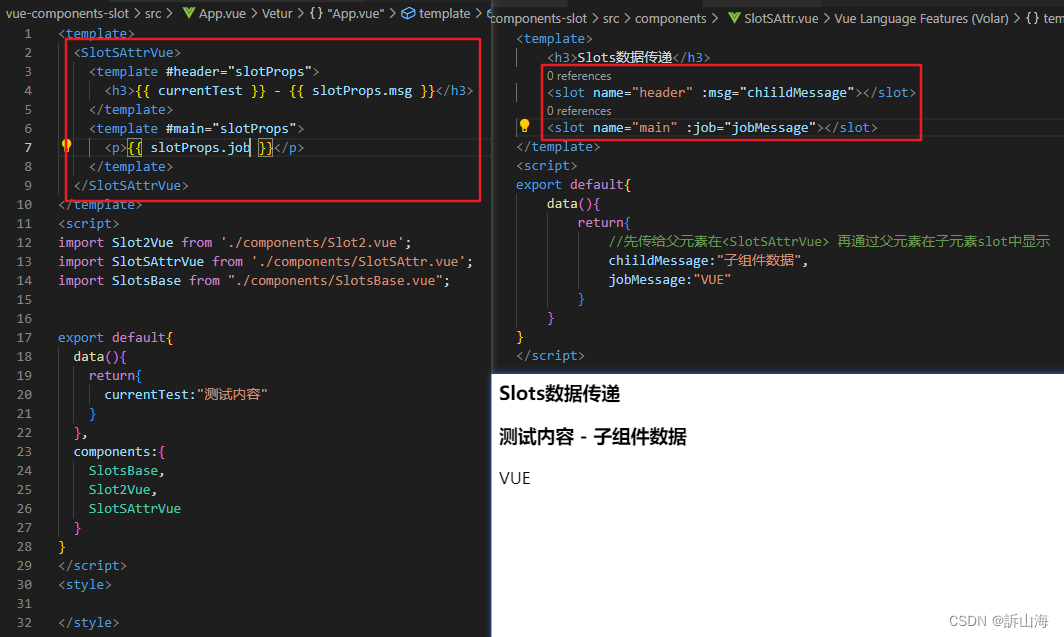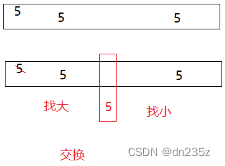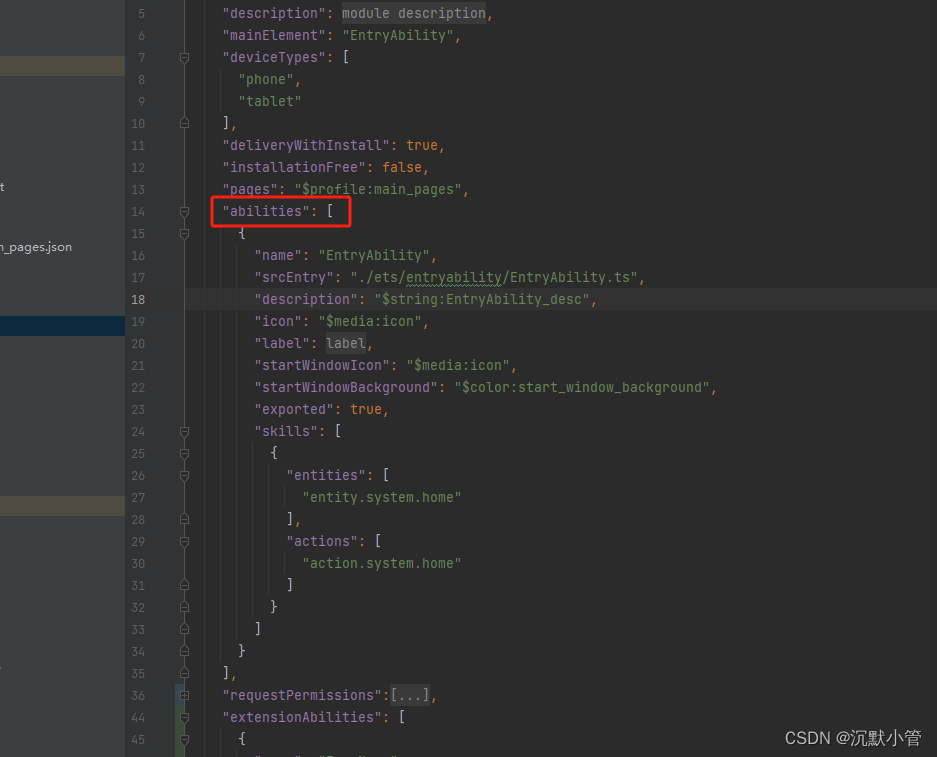一、锁
lock和unlock
二、 代码
// This program shows a small example of the usage of std::mutex. The
// std::mutex class provides the mutex synchronization primitive.
// std::mutex 类提供互斥同步原语。
// Includes std::cout (printing) for demo purposes.
#include <iostream>
// Includes the mutex library header.
#include <mutex>
// Includes the thread library header.
#include <thread>
// Defining a global count variable and a mutex to be used by both threads.
int count = 0;
// This is the syntax for declaring and default initializing a mutex.
std::mutex m;
// The add_count function allows for a thread to increment the count variable
// by 1, atomically.
void add_count() {
// Acquire the lock before accessing count, the shared resource.
m.lock();
count += 1;
// Release the lock after accessing count, the shared resource.
m.unlock();
}
// The main method constructs two thread objects and has them both run the
// add_count function in parallel. After these threads are finished executing,
// we print the count value, showing that both increments worked successfully.
// The std::thread library is the C++ STL library used to construct threads.
// You may view it as a C++ equivalent of the pthread library in C.
// main 方法构造两个线程对象,并让它们同时运行 add_count 函数。
// 这些线程执行完毕后,我们打印计数值,表明两个增量都成功工作。
// std::thread 库是用于构造线程的 C++ STL 库
// 您可以将其视为 C 中 pthread 库的 C++ 等效项。
int main() {
std::thread t1(add_count);
std::thread t2(add_count);
t1.join();
t2.join();
std::cout << "Printing count: " << count << std::endl;
return 0;
}三、运行结果






